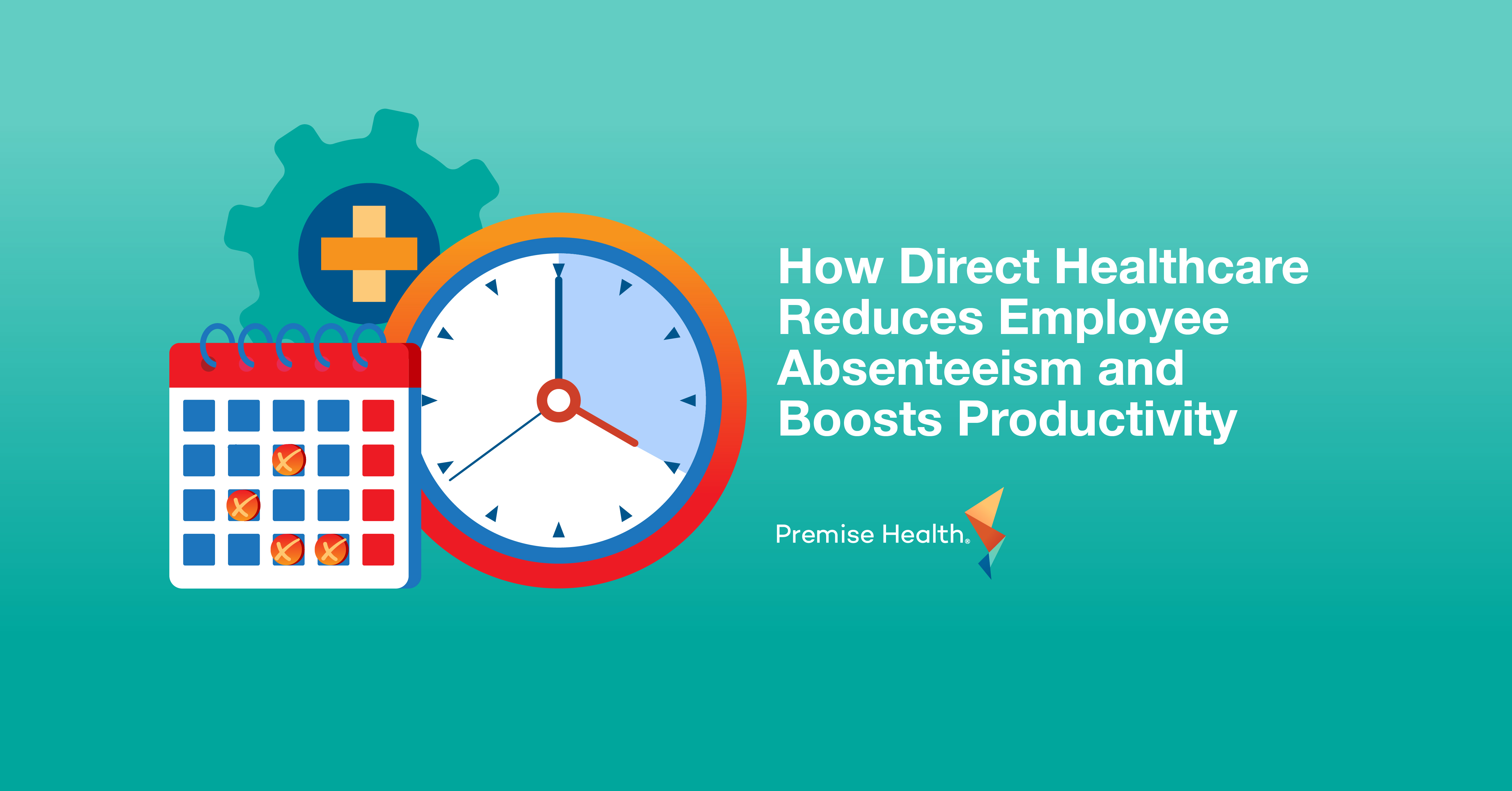Creating a Workplace Culture of Health and Wellbeing
In today’s workforce, a strong culture is a necessity for attracting and retaining top talent. Equally important, and a contributor to the strength of culture, is the variety of healthcare benefits offered. As healthcare costs for both employers and employees continue to rise, many organizations are offering benefits that promote health and wellbeing as part of their culture. Not only can these benefits help drive down costs and keep people healthy, but they also underscore a company’s commitment to their employees.
Creating a workplace culture of health and wellbeing was a prevalent topic at the 2023 Premise Health Client Forum. The event brought together more than 150 client leaders, consultants, and brokers from over 100 organizations, spanning industries including manufacturing, municipalities, school districts, and banking, to learn from their peers and share best practices. Here are three key takeaways from the event that organizations can put into practice to create a strong, healthy culture for employees.
Keep it Simple
When it comes to benefits, employees can struggle with keeping track of what you offer and understanding how to take advantage of their benefits package. Keep things simple for them, while also ensuring your benefits package supports them through all phases of life. Simplifying your benefits landscape will not only help your employees, but it can also boost engagement!
Integrating your vendor partners is a great first step to simplify your benefits. Some organizations invest in platforms that pull all benefits information together into one place, while others host monthly group meetings with every vendor to brainstorm how each service can support specific situations. The more offerings you can intertwine, the more your employees will gravitate toward them. For both onsite and remote workers, QR codes embedded on your intranet or added to flyers can also make finding information quick and easy.
Onsite or nearsite wellness centers meet people where they are and show just how simple getting care at or near work can be. Encourage your health center team to get outside the walls of the center, whether that’s safely visiting manufacturing workers in the plant, having a physical therapist available to care for workers harvesting in fields, or incorporating a “meet and greet” into onboarding and new hire orientations. When your care team is out and about, it creates trusted relationships and often results in an increase in patient engagement. Staggering the hours at your wellness center to reach all shift times also makes it easy and simple for your employees to stay on top of their health.
Embrace Change
Benefits leaders know what’s relevant today won’t be in the next five to 10 years. That’s why it’s important to embrace change and evolve your benefits offerings based on what your employees are asking for. To best understand their wants and needs, organizations should consider conducting annual surveys, hosting employee listening sessions, or implementing benefits ambassadors that employees can turn to. Creating a feedback loop will ensure you have a pulse on what’s important to your unique population and allow you to adjust to meet their needs. Experts predict in the next few years, employees will ask for health benefits related to digestive health, neurodiversity, caregiving, and fertility.
When thinking about embracing change with a health center, it’s okay to start basic! Assess what’s working and identify where there’s room for improvement by listening to what additional services your employees would benefit from. Partner with your direct healthcare vendor and dig into your data to explore how needs are changing over time and develop programs to meet them. Your employees’ health and safety are things you can’t put a cost on.
Focus on Engagement
Employees don’t always prioritize their health and wellbeing. To support them, start with a strategy for engagement, which ultimately creates a culture of wellbeing. The goal is to reach everyone, not just those who are already actively engaging with your benefits. Many companies recognize the difference that incentives can make, but don’t be afraid to get creative! Offer gift cards, company swag, or even dollars off healthcare premiums for completing health-related tasks like downloading benefits apps, completing trainings about your benefits package, or participating in company-wide challenges.
Communication is an essential part of engaging your employees. While it may seem out-of-date, mailing information home is effective, especially for family-oriented workforces. Other ways to spread the word about your benefits include robust intranet sites, webinars, onsite or virtual benefits fairs, and tabling events during lunch hours or shift changes.
Don’t underestimate the power of testimonials, especially for driving engagement at your onsite or nearsite health center. When people hear about the great healthcare experiences their coworkers are having, they’re more likely to make an appointment themselves. The experience at your center should always be a top priority, but it’s especially important for new patients. Providing a great first impression is critical – a negative experience leads to poor engagement. The best way to keep engagement rates high is removing the cost barrier to get care. Offering free services isn’t in the budget for all organizations, but it is worth considering if you’re looking to boost your engagement.
Thinking about adding direct healthcare to improve your organization’s culture of health and wellbeing? Get in touch and let’s create a solution that’s right for you.
Next on industry insights.

How Direct Healthcare Reduces Employee Absenteeism and Boosts Productivity
Read the Blog
5 Ways Onsite Primary Care Benefits Tribal Organizations
Read the Blog